A brownfields program in Fresno, CA spans from the EPA to local youth.
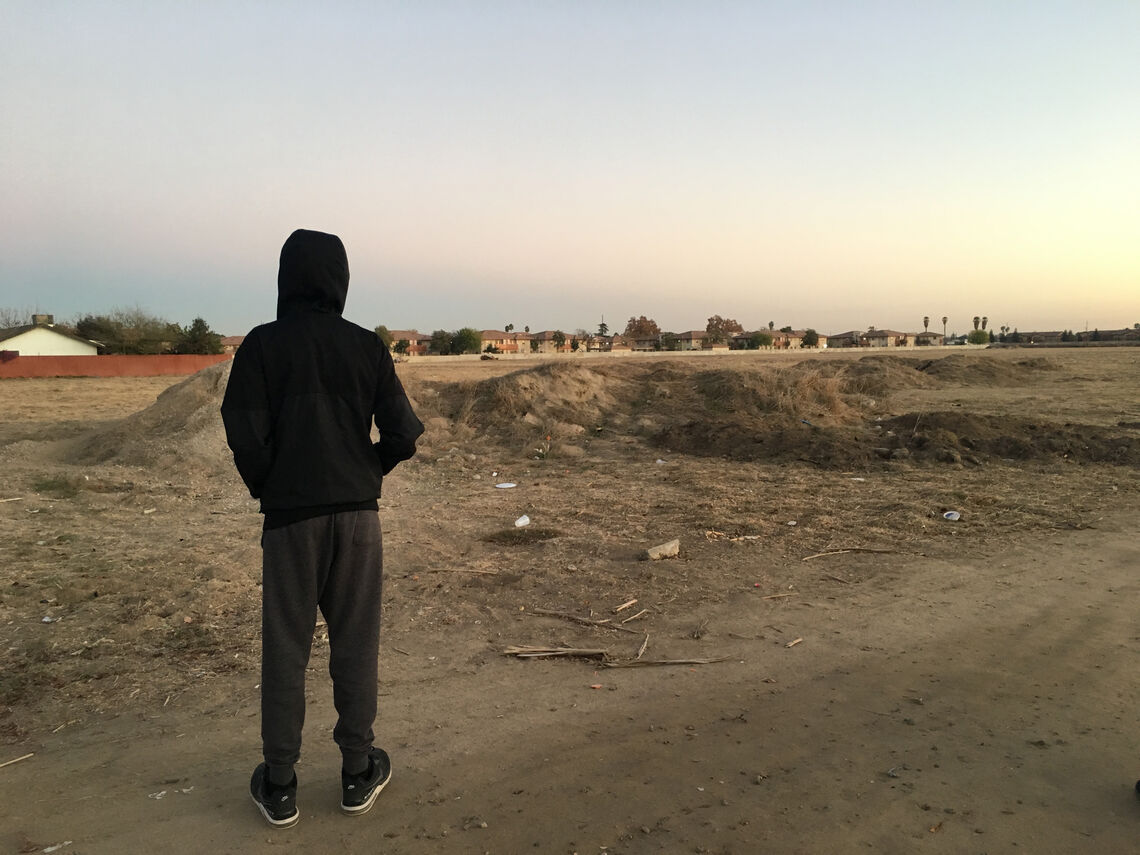
“If someone walks through this area they’re going to think it’s isolated because there’s nothing around there. Though they might not say it, they have different emotions because of what they’re seeing. I feel like this affects our community in a big way.”
Isolation by Luis Duarte
WRT’s Breanne Buck describes a feeling of disorientation when she returns to her hometown of Fresno—what was the edge of the city has been absorbed in multiple rings of suburban development. Fresno is California’s fifth largest city, with well over 500,000 residents. If plans are realized, high-speed rail will connect it directly with Los Angeles and San Francisco.
But growth has been highly uneven. Cross that rail corridor from the northeast side to the southwest and you will find a patchwork of warehouses, older suburban neighborhoods, heavy industry, and lots of vacant land within a short bike ride of downtown (if you can brave the truck traffic). What you won’t see: a decent grocery store, tree-shaded park, or much in the way of recent investment at all.
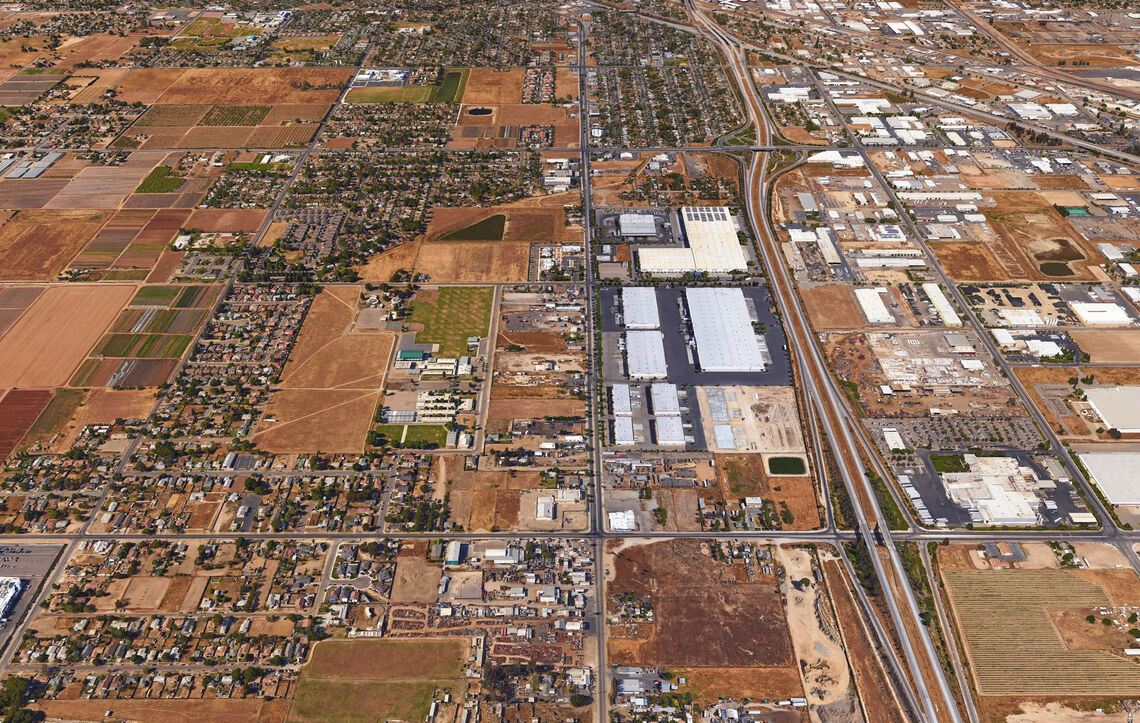
This type of development pattern is seen across the country, and the negative effects fall on the lower-income communities, often communities of color, who live there.
EPA’s brownfields program, established in 1995, recognizes that minor levels of contamination, or even the perception of contamination, can keep urban land vacant indefinitely. Here was the small-scale counterpart to Superfund: a program to help communities and property owners redevelop old gas stations, laundromats, and everyday vacant lots.
The brownfields program can be put to use at each stage of the process of a site’s transformation: from visioning and conceptual planning to environmental assessment, cleanup planning, remediation, redevelopment, occupancy and reuse.
The program has funding specifically set aside to be used to fund “area-wide plans” that reach beyond individual sites. This is because concentrations of vacant land have negative ripple effects on entire neighborhoods.
After Fresno was awarded an area-wide planning grant for the Elm Avenue corridor in 2017, the City tapped WRT and a team that included economists as well as non-profits with experience engaging local communities around brownfields reuse. We worked at both the scale of the corridor and at the scale of a few individual “catalyst sites.”
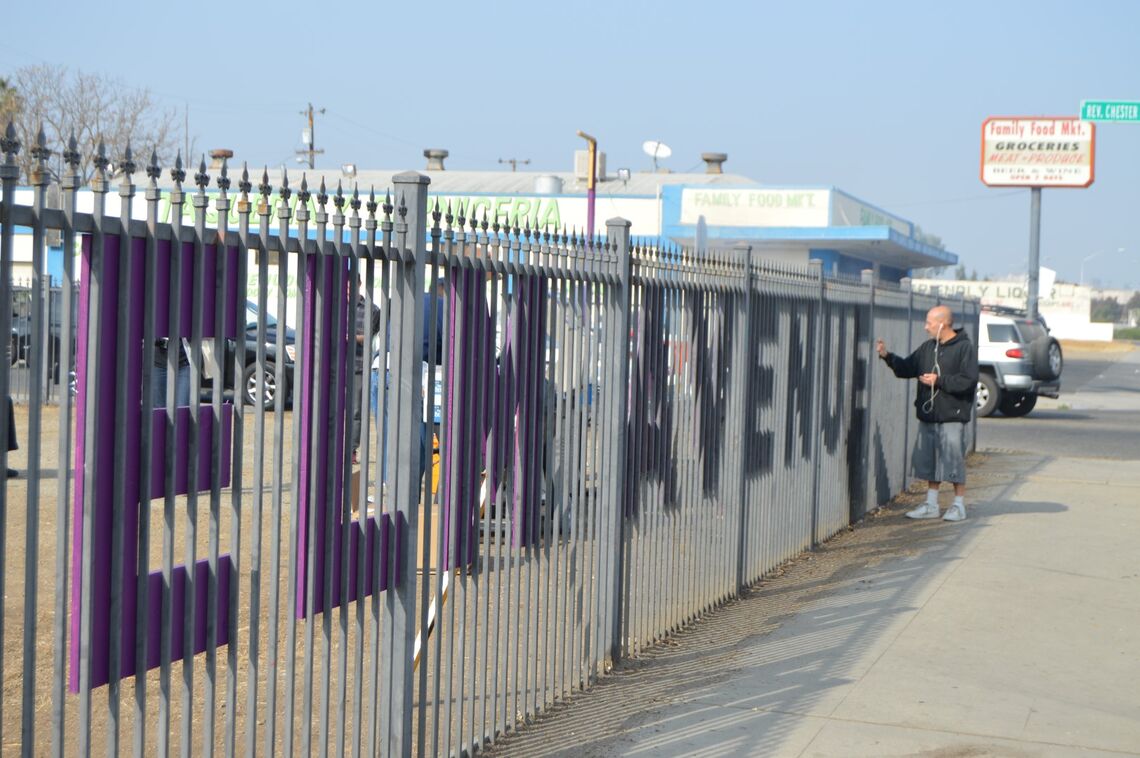
As tough as the corridor is, adjoining neighborhoods are quite stable, with strong social ties and civic institutions. One of these, St. Rest Baptist Church, sits just off Elm, on property that extends to the corridor. St. Rest became our partner and its site the greatest opportunity for change.
With an understanding of the programs the Church wanted to house—a food distribution site, senior housing, and potentially a school in the longer term—WRT developed a conceptual site plan, with phasing.
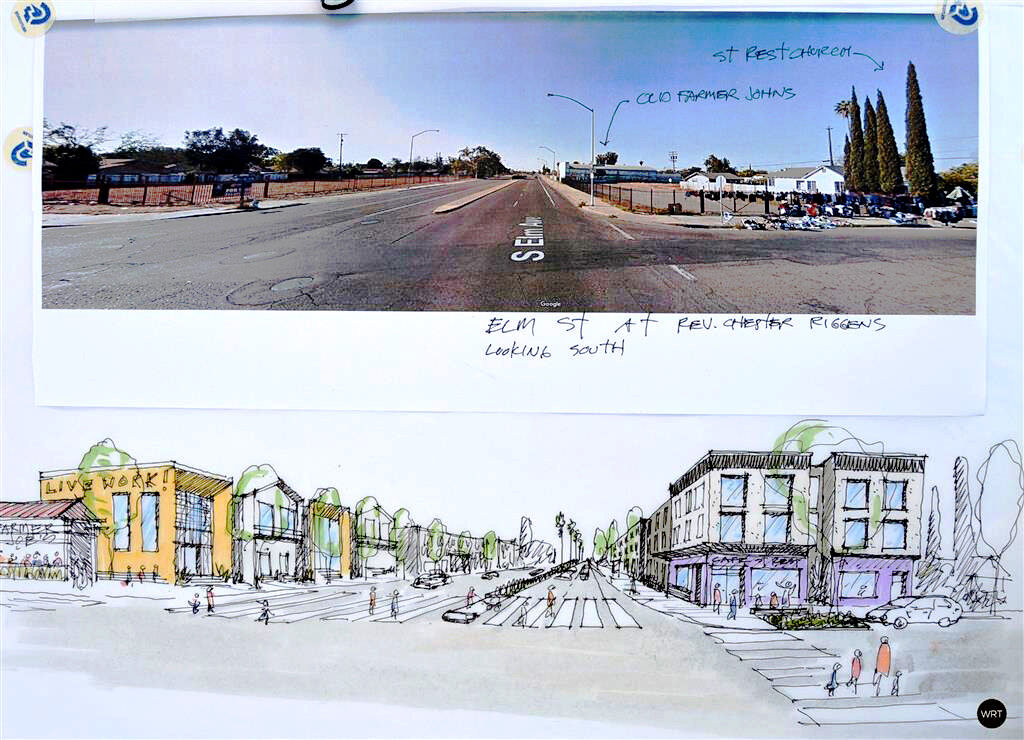
Drew Wilson, shepherding this effort on behalf of the City of Fresno, pushed us to think more about the present. What could be done now to create a feeling of hope and sense of place on Elm? Drew and the Church leadership envisioned a temporary public plaza at the prime Elm-facing corner on the site, and together we designed and created it.
In 2019, the City received another critical infusion of grant funding from the EPA. This time, the City is working in partnership with a coalition of leaders from Downtown, Chinatown, and Southwest Fresno to identify and fund projects.
The initial need WRT is meeting is around communication: using words and graphics to create a clear story about what brownfields are and the opportunity presented by grant funding.
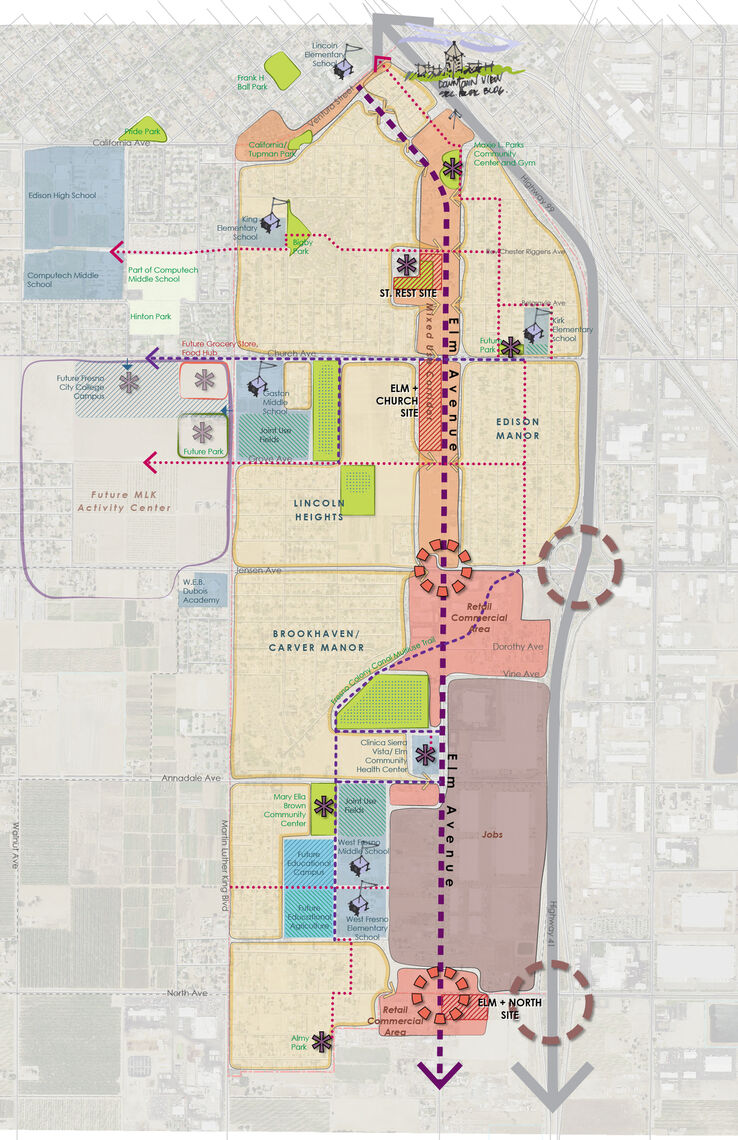
We are preparing to move forward with some larger efforts, some of which can be realized in the short term (tactical pedestrian safety enhancements, a farmers’ market on a vacant lot) and some of which should lay the groundwork for adaptively-reused downtown buildings, public spaces and new multifamily housing in Chinatown and Southwest Fresno.
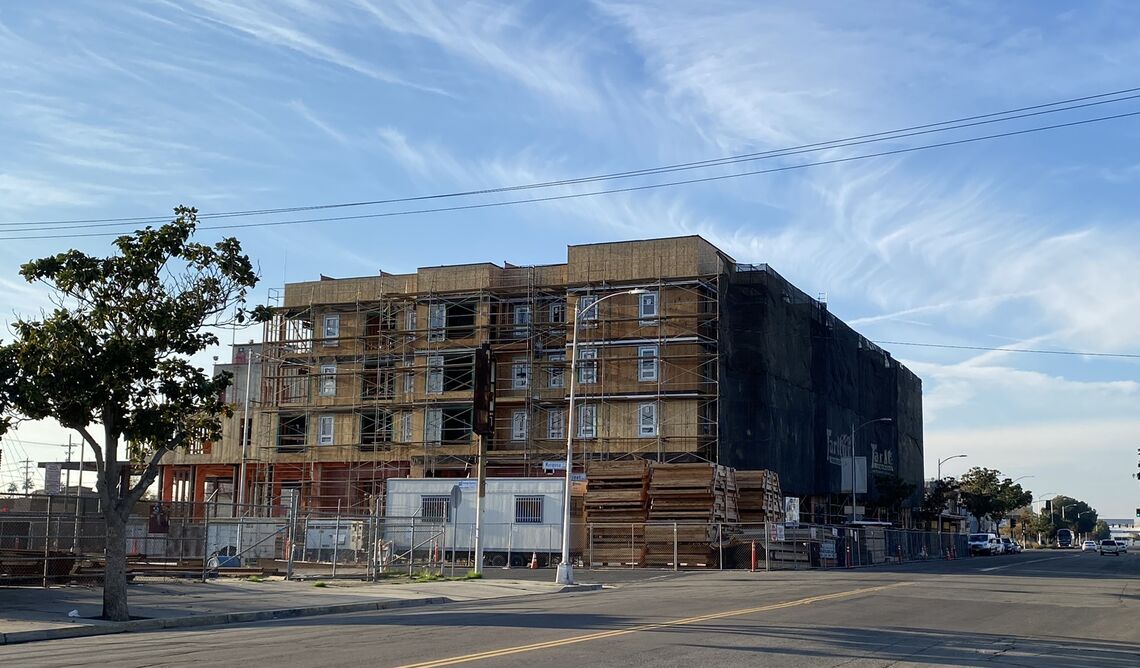
NOTICE! The State of California's Department of Toxic Substances Control’s Office just launched the Brownfields’ Equitable Communities Revitalization Grant (ECRG) program to incentivize cleanup and investment in disadvantaged areas of California and set a new path for land use that will have immediate and lasting benefits, such as recreational uses (parks and other green spaces), commercial enterprises, and housing. Applications for grants of up to $7 million are open until April 4, 2022.
No-cost, no-obligation assistance to applicants is available through the Center for Creative Land Recycling, a California-based nonprofit which promotes the sustainable, equitable, and responsible reuse of underutilized and environmentally impacted properties.